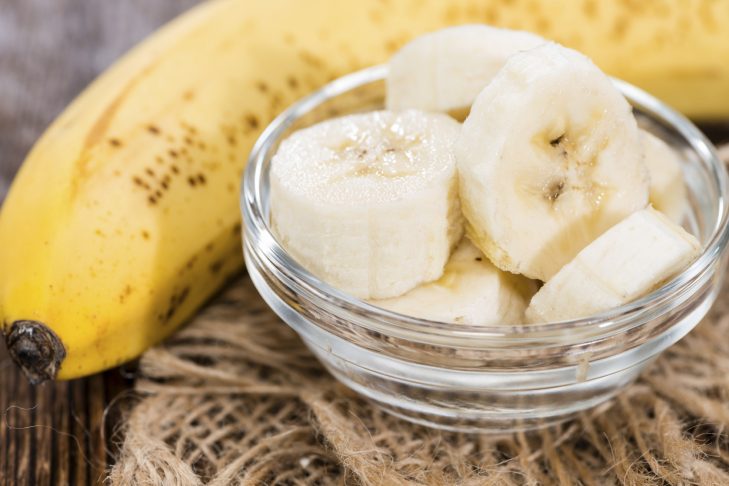The moment I saw artist Nicole Eisenman’s seder plate at the Jewish Museum gift shop in New York, I had to have it. Its simplicity gives way to cheekiness. Its bold black lettering and mud-red glaze give it a funky vibe. And the symbols on the seder plate are described in a straightforward, childlike language. My favorite description calls the charoset—the edible stand-in for the material the enslaved children of Israel used to make bricks—“cementy stuff.”
The most declarative symbol on the plate is the bone—the place for the zeroa, or roasted shank bone. That particular object is there to remind seder participants of the 10th plague—the killing of the Egyptians’ firstborn sons—and it screams for attention on this seder plate.

And while this is a dream of a seder plate, there are newer ritual food objects to join the old standbys. The first is an orange. This is a tradition that goes back to the 1980s, when an early feminist Haggadah suggested the radical act of placing a crust of bread on a seder plate in solidarity with Jewish lesbians. Unfortunately the message was that gay Jews were made to feel as if they violated Judaism, like eating bread at Passover. So Susannah Heschel came up with the idea to replace the bread with an orange. In an essay she wrote a few years ago for the Forward, she explained:
“When we eat that orange segment, we spit out the seeds to repudiate homophobia and we recognize that in a whole orange, each segment sticks together. Oranges are sweet and juicy and remind us of the fruitfulness of gay and lesbian Jews and of the homosociality that has been such an important part of Jewish experience, whether of men in yeshivas or of women in the Ezrat Nashim.”
A relatively new tradition on my seder plate is the inclusion of cashews. This is the brainchild of Rabbi Wesley Gardenswartz, senior rabbi of Temple Emanuel in Newton. A few years ago, Rabbi Gardenswartz saw a sign in CVS asking customers to buy bags of cashews for our troops in Iraq. A CVS employee, whose son was on his second tour of duty there, spearheaded the idea. She explained that salted cashews kept the men and women serving in a desert climate hydrated. The next Shabbat, Rabbi Gardenswartz urged his congregation to honor our troops by including cashews on their seder plates.
Now comes the year of the banana. For 3,000 years the Haggadah has reminded us that we were once slaves, and it commands us to experience the Exodus from Egypt as if we had actually gone through it ourselves. This is where the banana comes in. Like the slaves we were in Egypt, so too are we Syrian migrants fleeing for our very lives. We too are the parents of the little boys—brothers who were 3 and 5—who drowned on an Exodus gone horribly awry. Their mother drowned with them, but their father survived the harrowing journey. In his grief this father remembered how much his boys loved bananas.
Bananas are not easy to come by in war-torn Syria, but every day this father brought his boys a banana to share. Its sweetness was not only a treat, but also a symbol of his deep and abiding love for them. Is this man so different from us? Is he so different from our ancestors wandering in the desert? Did the Israelites make life a little sweeter for their children on their traumatic journey with bits of hard-to-come-by fruits?
In the spirit of Nicole Eisenman’s original plate, what would an updated seder plate convey about these new and sacred ritual objects? Here are my suggestions and their meanings:
- Orange: cherishing one another
- Cashews: solidarity
- Banana: we are all migrants
What would you add to your seder plate?



